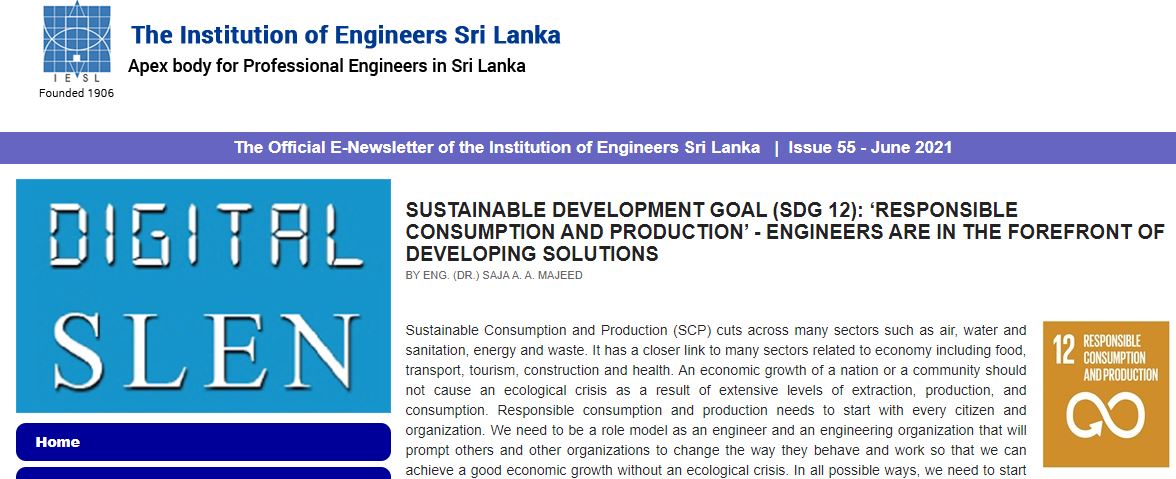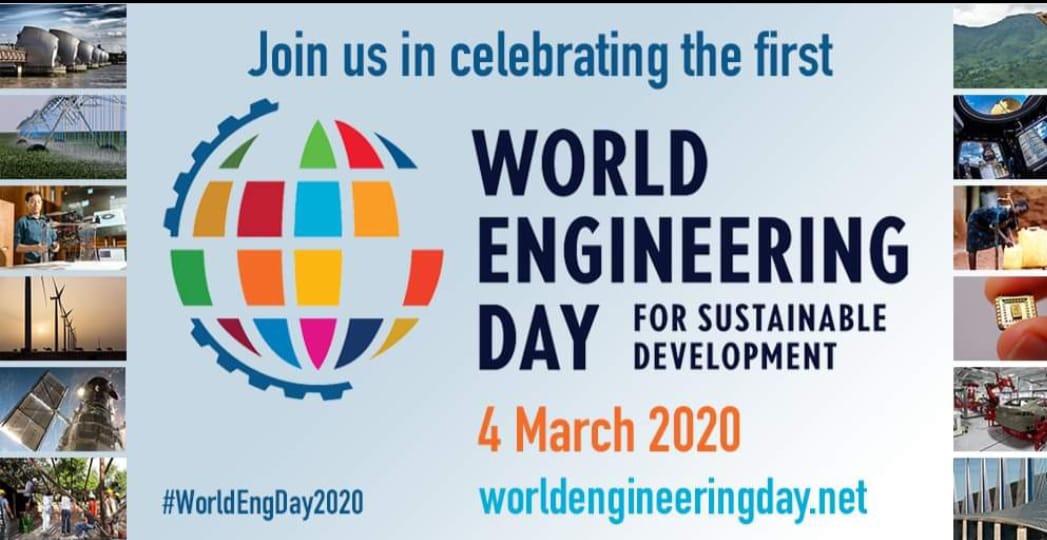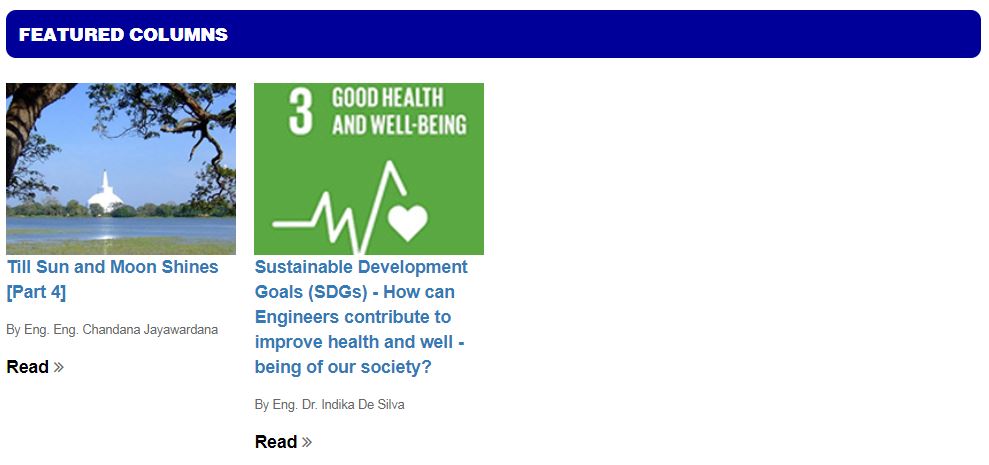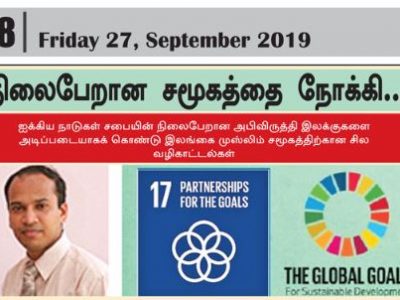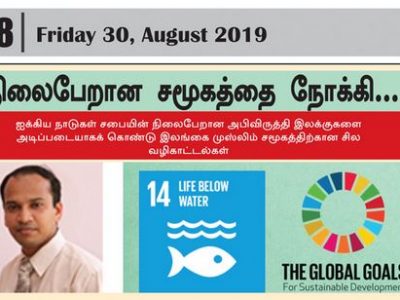Promoting good practices in disaster response – Rights based engineering The sphere project Humanitarian charter and minimum standards in disaster response
We all might wonder what does “Sphere” mean? Is there anything in Sphere to do with engineering? It says “Humanitarian Charter”. So it might not be related to engineering at all. It must be referred by the people like Lawyers or other people who deal with legal issues. It talks about the rights of the people. So as engineers, who supposed to talk about technical standards, design and so on, how this engineering is linked with rights of the people or similar legal issues in disaster response? There may be several unanswered questions like this among the engineering community who are outside the humanitarian arena, sometimes within itself also.
Disasters are not mutually exclusive aspects to the engineering community. It does spread out in all sectors of engineering whether it to be civil, communication, chemical or electrical. This is because of the reason that the definition of the term “disaster management”. It is not also restricted to its so called different phases which are preparedness, mitigation or prevention and spin around in the post disaster phase starting from relief, rescue and immediate response to medium and long term interventions of rehabilitation, reconstruction and development. If we carefully notice the link between these phases of disasters and the whole life cycle of human being, there is hardly any void area in between. Similarly if engineering is seen in relation to the life cycle of human being or with the phases of disasters, anyone can simply recognise the fact that these all are simply strongly linked one or the other cannot be seen in isolation. Because of this, it is being attempted here to raise the awareness of engineers in the right based approach in whole development cycle particularly through this article in the disaster response sector.
Now we will look at the birth of “Sphere”? This is not a new term for most of us as we are curious in maths. But this is Sphere project. This is right based in legal terms. It advocates for the right to life with dignity of the disaster affected people whom with some of our engineering colleagues working with (Whoever works in the post disaster phase, but not limited to). However Sphere talks on immediate post phase of emergency though it can also easily linked with the preparedness phase of disaster. What does it contain?
The corner stone of this project is the humanitarian charter. This humanitarian charter is based on international legal laws such as International humanitarian law, human rights law and refugee law. Three basic principles have derived from these three laws are “the right to life with dignity”, “distinction between combatants and non – combatants” and “non – forced return”.
These are more in legal term which we as engineers are not much familiar with. However it is important for all relief workers to understand this. We know our engineering colleagues are permanently or temporarily working in this sector. Whenever disaster hits in the island, we rush to the field as volunteers, well wishers and play different roles besides engineering. Hence knowing to work with disaster affected community doing no harm in our approach should be clearly internalised.
Roaming back to the sphere project, it has technical chapters which we as engineers deal with. Out of four technical chapters, two sectors on WAter, Sanitation and Hygiene (WASH) and shelter and site planning are directly relevant to the engineering. However it also talks about the minimum standards common to all sectors in the first chapter. Engineers have a greater role to play in times of disasters as it spreads around different dimension of the human life. It does relate to daily routine of the community.
As we all agree without any disagreement that the engineering plays a major role in all most all the phases of disaster management from the emergency preparedness to post disaster community development. So what can be done to engineer the good practices in what we do as we are professional community of engineers? In the context of the conflict, humanity faces big crisis or great challenges in one hand, on climate change which can trigger out the natural disasters and poverty reduction on the other hand, to vision for the first target for the millennium development goal.
Water, sanitation, hygiene, shelter and settlement are of utmost important sectors to be prioritised in disaster preparedness and response. In this regard Sphere plays a major role in the above mentioned sectors where engineering is the key. As far as engineering is concerned, there is a need to focus on the good practices as it directly relate to the needs of the communities. Sphere talks about the right based approach where every emergency/relief worker should be able to relate their work with the rights of the every human being at risk or any one who is affected by any disaster or whom life is threatened.
Sphere is structured in such a way that every can easily ensure and related the rights of the community with the real need of the disaster affected community or the community which is threatened by any means. It has minimum standards which need to be met (It is applicable globally which is a basic human need in times of disaster to be met), key indicators which ensures that the corresponding minimum standards are met and guidance notes which will help to apply these standards in different contexts with flexibilities.
Let take an example from civil engineer. As a civil engineer who works in water and sanitation sector in disaster response with a disaster affected community should be able to understand basic requirements to be met for a better dignified life of the community. Some of us might have heard about public health engineering which most of the time handled by a civil engineer in this sector. So it is public health related which we may think a medical officer should need to deal with. But it is not so. It is a group of multi disciplinary team effort. So these all different sectors can not be seen in isolation in the community development perspective where all these impacts of the engineering fall in. But no can argue against this different division or sector based approach as it is simply because of the reason for understanding, easy management and for other acceptable reasons to overcome several difficulties in reality. Therefore, discussions should be triggered out to probe among the engineering community to promote the good practices in our working area as it is more than the positive attitude in the management terms that we usually expect from an engineer.
Those who interested in sphere, can visit, www.sphereproject.org and for further discussion points on this topic can be emailed to spheresl@yahoogroups.com.
Appeared on Sri Lanka Engineering News – SLEN published by IESL
